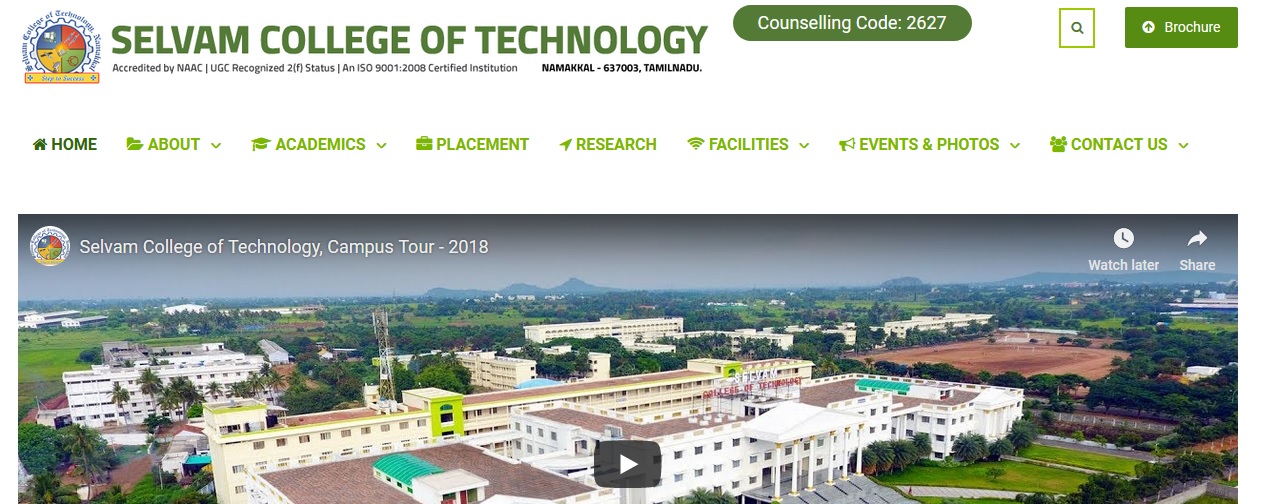MC9278 TCP/IP Design & Implementation MCA Question Bank : selvamtech.com
Name of the College : Selvam College of Technology
Subject Code/Name : MC9278-TCP/IP Design And Implementation
Dept : DEPARTMENT OF MCA
Degree : MCA
Year: : III
Website : selvamtech.com
Document Type : Question Bank
Download Model Question Paper : https://www.pdfquestion.in/uploads/selvamtech.com/3249-MC9278%20TCPIP%20DESIGN%20AND%20IMPLEMENTATION-%20III%20YEAR.pdf
Selvam Tech TCP/IP Design & Implementation Question Paper
TCP/IP DESIGN AND IMPLEMENTATION :
Unit – I
1. What are called network support layers?
The physical, data link, and network layers are the network support layers
2. What are called User support layers?
The session, presentation, and application layers are the user support layers
Related : Selvam College of Technology Business Concepts B.E Question Bank : www.pdfquestion.in/3246.html
3. Why we need Transport layer?
The transport layer links the network support layers and the user support layers.
4. What is the purpose of Physical layer?
The physical layer coordinates the functions required to transmit a bit stream over a physical medium.

5. What is the use of Data link layer?
The data link layer is responsible for delivering data units from one station to the next without errors.
6. What is the need for Network layer?
The network layer is responsible for the source-to-destination delivery of a packet across multiple network links.
7. What is subnetting?
Subnetting divides one large network into several smaller ones. Subnetting adds an intermediate level of hierarchy in IP addressing.
8. What is meant by masking ?
Masking is a process that extracts the network address from an IP address. Subnet masking is a process that extracts the subnetwork address from an IP address. A network or subnet address is obtained from applying the bit-wise AND operation on the IP address and the mask.
9. What is supernetting?
Supernetting combines several networks into one large one.
10. What is meant by connectionless protocol?
The IP protocol is a connectionless protocol. Every packet is independent and has no relationship to any other packet.
Unit – II
11. What is direct delivery?
The delivery of a packet is called direct if the deliverer (host or router) and the destination are on the same network.
12. What is indirect delivery?
The delivery of a packet is called indirect if the deliverer (host or router) and the destination are on different networks
13. What is the function of routing table?
Every host or router has a routing table to route IP packets. In next hop routing instead of a complete list of the stops the packet must make only the address of the next hop is listed in the routing table. In network specific routing all hosts on a network share one entry in the routing table. In host specific routing the full IP address of a host is given in the routing table. In default routing, a router is assigned to receive all packets with no match in the routing table.
14. What is static and dynamic routing?
A static routing table’s entries are updated manually by an administrator. A dynamic routing table’s entries are updated automatically by a routing protocol.
15. What are the fields included in routing table?
The routing table can consist of seven fields: a mask, a destination address, a next-hop address,flags, a reference count, a use, and an interface. The routing module applies the mask, row by row, to the received destination address until a match is found. Classless addressing requires hierarchical and geographical routing to prevent immense routing tables.